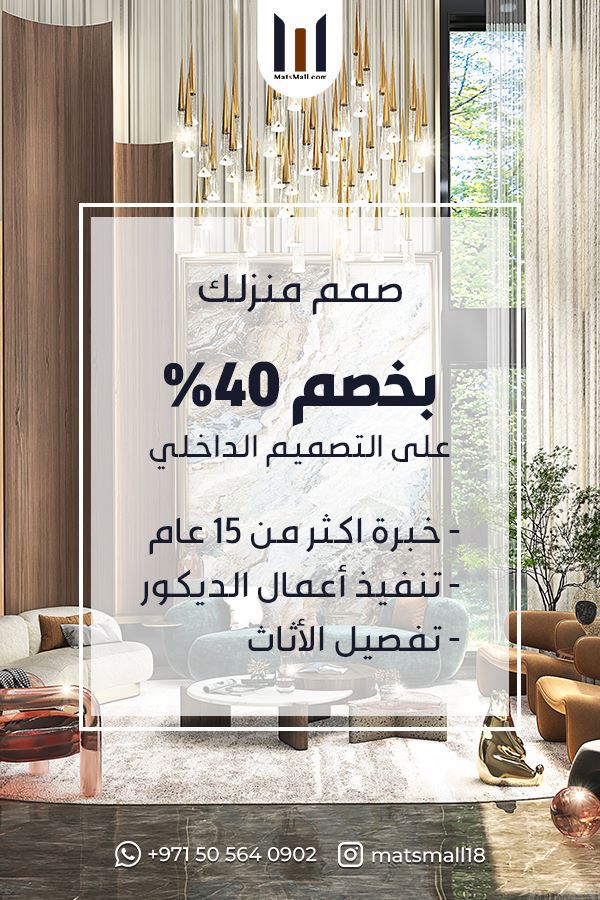A designer’s essential tool for bringing their imaginative ideas to life and defining their individual style is a mood board for interior design.
What is the meaning of a mood board in interior design?

Best ideas for interior design trends and It serves as a visual representation of the design components the designer is taking into account for a certain space. A mood board is used to establish the basic look, feel, and colors of a room or project space as well as to explore ideas. Mood boards can include collage-like pictures or digital boards that highlight various facets of design, such as mood, style, textures, and colors.
Mood board elements in interior design

A mood board is generally collecting ideas of how the room will look after the design, the presentation should have main elements, like:
- Inspirational images for your space’s overall “feel”, mood, or room-style
- In order to demonstrate how they will work together, use furniture pieces that both represent what you already own and the new items you will require.
- Artwork
- Rugs
- window coverings
- Paint colors
- Flooring
- Accessories
After gathering all the main elements for the mood board, take a closer look at the overall look of the room and consider changing anything that doesn’t feel right for you.
Don’t forget that mood boards mainly communicate your ideas to the clients and ensure that the overall look and feel of the space is compatible with the client’s vision and requirements before executing any room design, so invest in how they look.
Tool designers used to create a unique mood board
- Canava
- Adobe Illustrator
Why mood board is a must in every design process?

Mood boards are helpful for team collaboration because they give a clear visual representation of the design concept and guarantee that everyone is working toward the same objective. They are an essential part of the interior design process that helps designers create beautiful, functional spaces that meet their clients’ needs and expectations.
What is the difference between style and mood board?
In conclusion, a style board comes first and establishes the tone for the project’s overall direction. The mood board shows how your design room will seem and feel after it has been furnished, decorated, and finished.
Modern mood board style
A crucial component of the modern mood board design is simple, clean lines. A sleek and stylish appearance is achieved by simplicity, which highlights the use of negative space and straightforward, clean lines. Natural textures, neutral or monochromatic color schemes, as well as smart use of space and light are all essential components of modern mood board design.
Designers at MatsMall will use mood boards to present you with many style ideas, such as modern, classic, or new classic, if you want to renovate your master bedroom, for instance.
Key elements in classic mood boards

The primary elements of a classic mood board are its color palette and texture. The color scheme sets the tone and mood of the design, whereas texture gives it a luxurious look. It is essential to choose a color scheme that complements the room design, and the texture should increase the room’s visual appeal. So choosing a classical material to get the final classic room your client desire.
How to make your own mood board?
If you can’t afford to hire professional designers and you are willing to design your own home, here’s a DIY of how to make a successful mood board.
1. Start on a blank white page
You can use design software such as Canva and choose a white blank page, as it already has nicely designed placeholders for photos, videos, color swatches, and notes included in the mood board template. Simply add your items to the board to quickly create a mood board.
2. Collect any inspiring material you like
After selecting the mood board template already, now take the time to know your desired style and search for relevant pictures or videos to drag into the mood board template.
3. Keep an eye for the details
This mood board is just a start and you can change anything later, but stay alert when creating, as the chosen images can influence materials, lighting, and the overall mood of the room.
4. Color it up
Every mood board needs colors because they finish the room’s design, like Living room
Pick paint colors that go well with the patterns you selected for your mood board for a professional look.
5. Time for feedbacks
Share the mood board with your family member or friends to get feedback on how the room looks, and be open to any change.
After creating your mood board alone or with a professional designer, now you can start shopping for the materials needed to get the final room look.
And that’s a wrap on why mood boards are important before executing the actual design, if you don’t have the time to create your own mood board, don’t hesitate to contact us on +971505640902


